Blog de Zscaler
Reciba en su bandeja de entrada las últimas actualizaciones del blog de Zscaler
Suscribirse3CX Supply Chain Attack Campaign
Introduction
On March 29th 2023, CrowdStrike published a blog outlining a supply chain attack leveraging the 3CXDesktopApp - a softphone application from 3CX. The ThreatLabz Team immediately started hunting for IoCs on the Zscaler Cloud.
We observed infections dating back to February 2023 for both the Windows as well as the MacOS variant of the Trojanized 3CXDesktopApp installers.

Fig.1 - Infections dating back to February 2023 in Zscaler Cloud
In this case the Threat Actors targeted various industry verticals such as:
- Technology
- Services
- Manufacturing and more
Further let’s analyze the Infection Chain for the 3CX Supply Chain Attack:
Infection Chain

Fig.2 - Infection Chain
The Infection chain begins with the software update routine where the 3CXDesktopApp calls the “Update.exe --update <3cx_update_url>” from its bundle to fetch the updates. This then downloads the valid signed Malicious 3CX MSI installer and the Affected 3CX MAC Application as required in the form of an update package on the victim's machine as shown in the screenshot below.

Fig.3 - Requests to 3CX domain to download the Affected 3CX MSI installer v18.12.416 & 3CX Mac App v18.12.416 as an Update Package
In this blog, we will take a look at the affected valid signed 3CX MSI Installer version 18.12.416 named “3CXDesktopApp-18.12.416.msi” which is signed on March 13, 2023.
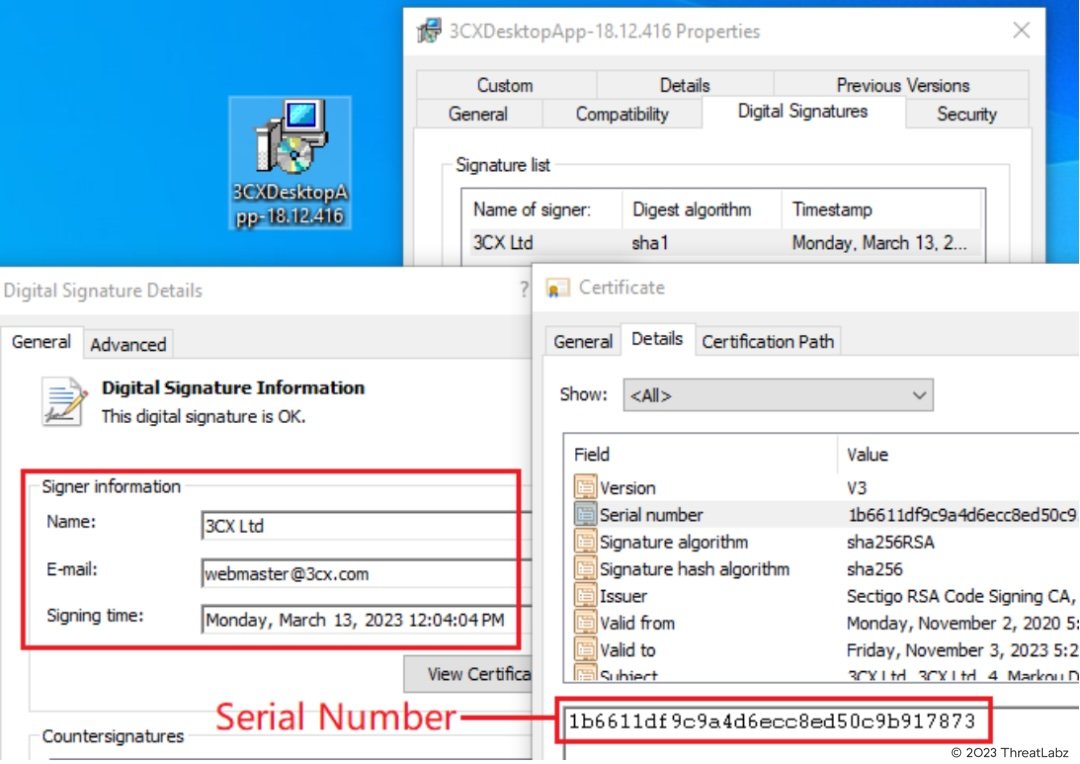
Fig.4 - Signed 3CX MSI Installer
Upon execution the 3CX MSI installer extracts multiple files in the “AppData\Local\Programs\3CXDesktopApp” and then executes the valid signed 3CXDesktopApp.exe as shown below in the screenshot.
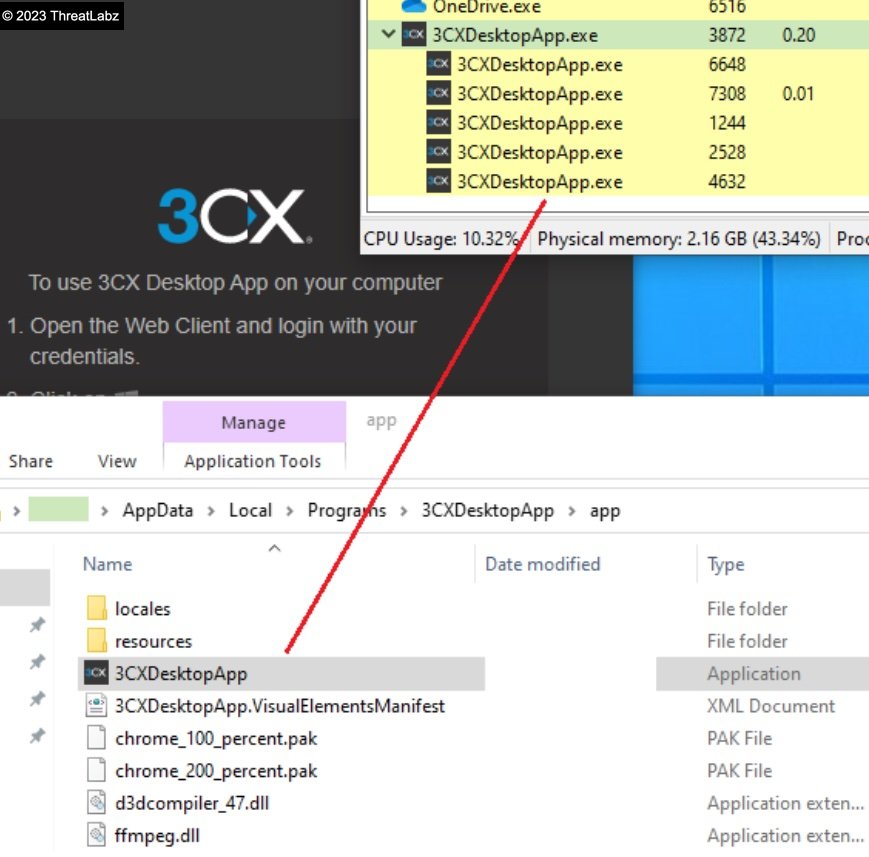
Fig.5 - Execution of 3CXDesktopApp
Further the 3CXDesktopApp.exe side loads the Backdoored signed DLL named “ffmpeg.dll” as based on the DLL search order mechanism if the DLL is present in the applications directory the DLL is loaded from there as shown in the screenshot.
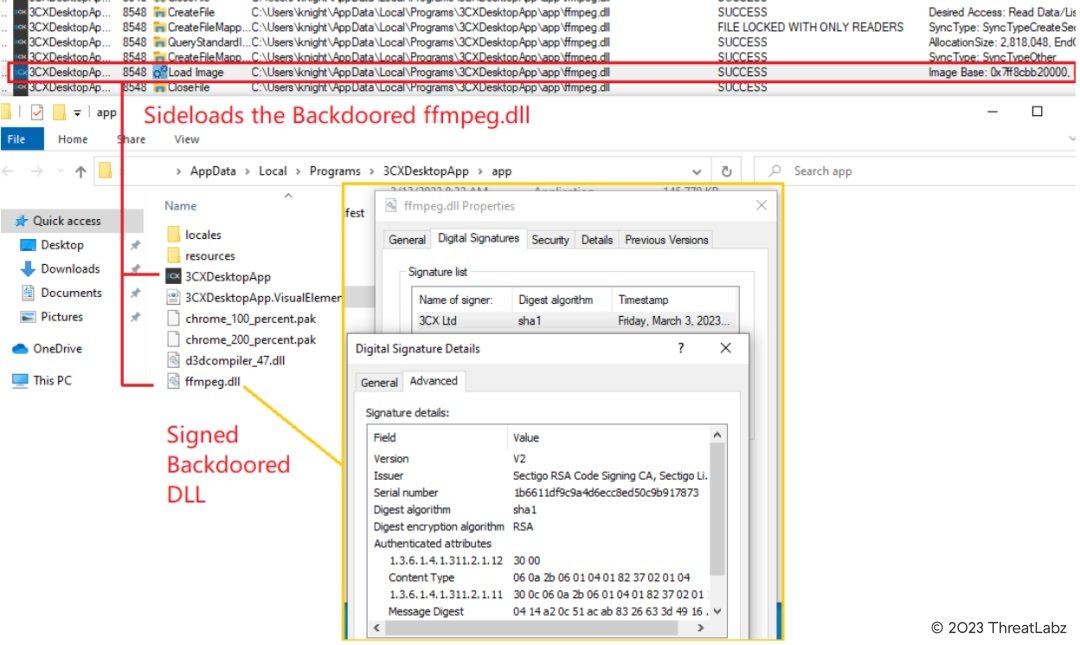
Fig.6 - 3CXDesktopApp sideloads the Backdoored “ffmpeg.dll”
Based on reports, the ffmpeg.dll was backdoored by the Threat Actors via manipulating the source code leading to the Supply Chain Attack. Once loaded into the virtual memory, the malicious “ffmpeg.dll” is commissioned to load the d3dcompiler_47.dll which contains the encrypted second stage payload. Initially the main function creates an event called "AVMonitorRefreshEvent" and checks if it already exists. If it does, it exits.
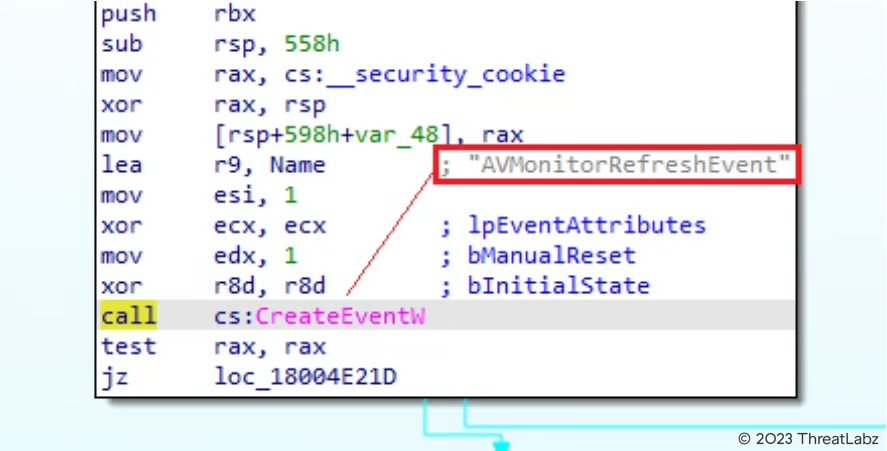
Fig.7 - Main function of ffmpeg.dll
After that it checks the current path in order to load the d3dcompiler_47.dll into memory and further loads the DLL into memory and checks if the DLL loaded correctly by comparing the starting byte of DLL.
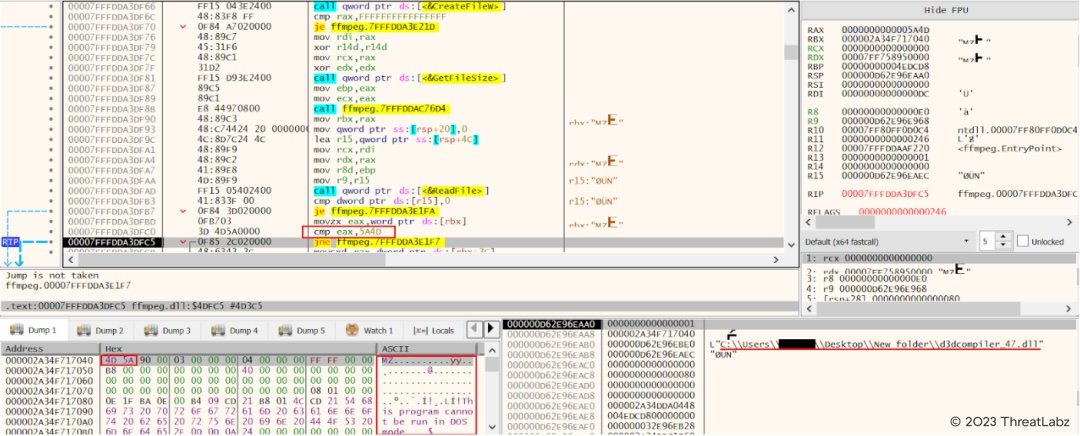
Fig.8 - Load d3dcompiler_47.dll and check for starting byte of DLL
In this case the d3dcompiler_47.dll consisting of the RC4 encrypted shellcode and embedded DLL is valid signed by the Microsoft Digital certificate as shown in the screenshot below.
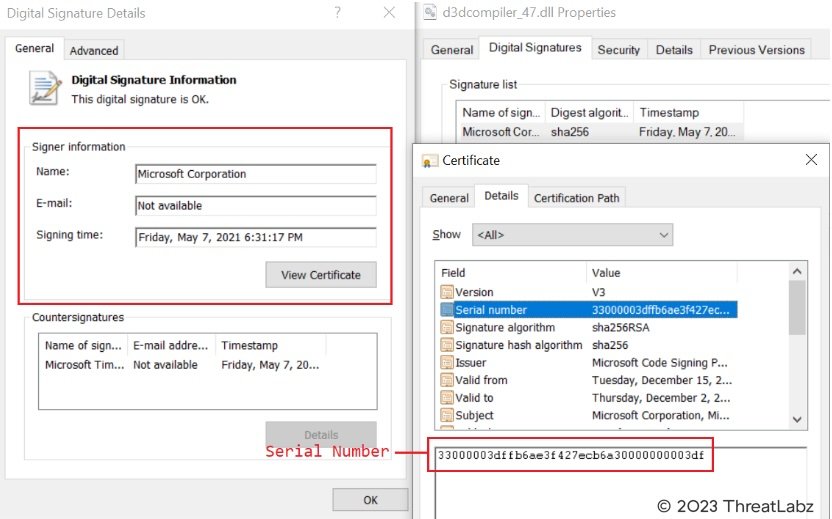
Fig.9 - Microsoft signed d3dcompiler_47.dll
Further in the infection chain, the ffmpeg.dll looks for the specific hex byte (FE ED FA CE) in the loaded d3dcompiler_47.dll which contains a second stage encrypted payload.
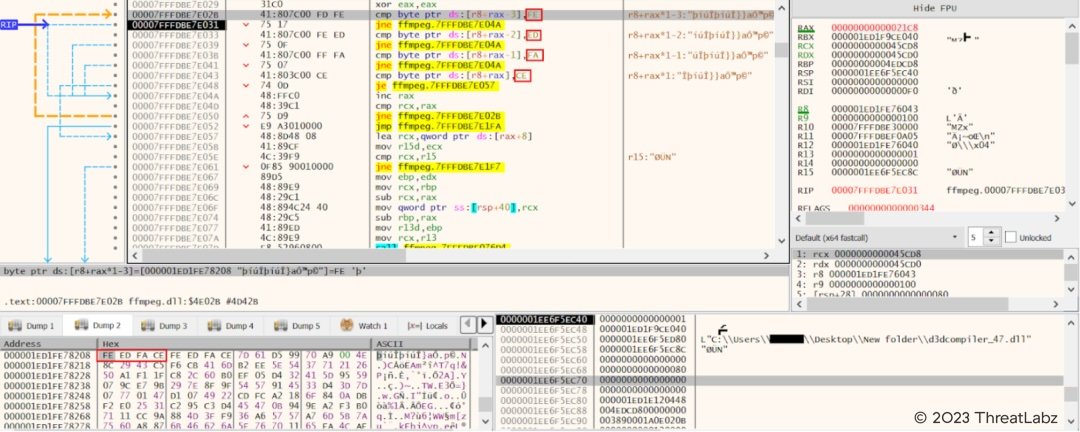
Fig.10 - Look for specific hex byte (FE ED FA CE) in loaded d3dcompiler_47.dll
After it locates the specific hex in loaded d3dcompiler_47.dll, it uses the RC4 decryption with the key “3jB(2bsG#@c7” to decrypt the second stage payload which is a shellcode with embedded DLL. The shellcode is responsible for calling the export function “DllGetClassObject” of the second stage DLL to execute and download further stage payload.
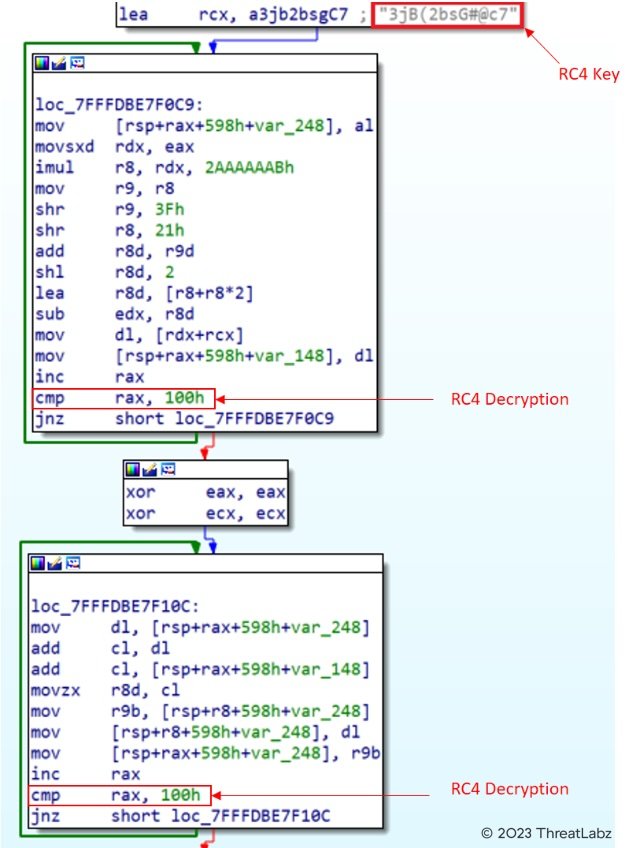
Fig.11 - Decryption of second stage payload
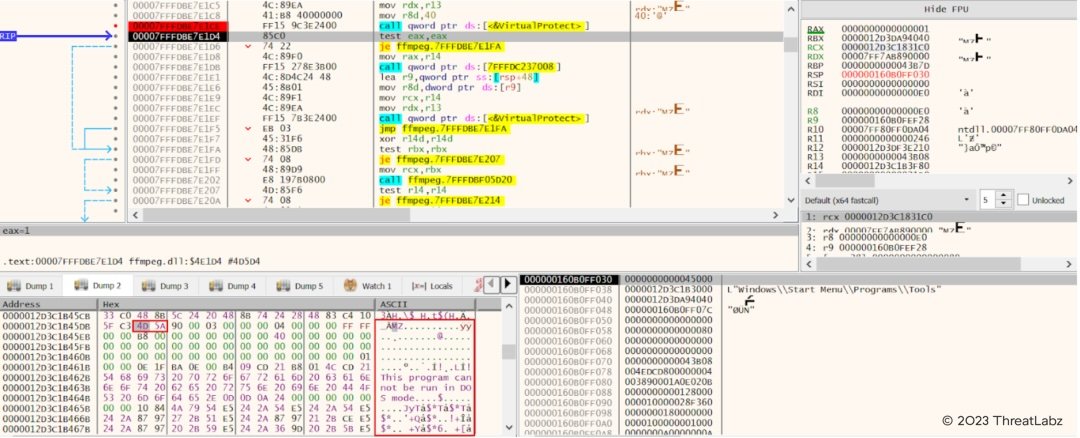
Fig.12 - Decrypted second stage payload
The Stage-2 DLL further downloads the Icon file from the following Github repository as shown below. We observed in some cases that the second stage decrypted DLL would sleep for more than 7 days before communicating with the C2 server.
![]()
Fig.13 - Second Stage payload downloads icon files from GitHub Repository
The github repository consists of multiple icon files as shown below. These icons are been downloaded by the Stage-2 DLL.

Fig.14 - Github Repository hosting multiple icon files.
Further the Stage-2 DLL reads the icon file and parses the encrypted string present at the end of the downloaded icon file and passes it to the ico_decryption() function.
![]()
Fig.15 - Parsing of the Encrypted string in the ICON File
The encrypted string from the icon file is base64 decoded and then passed to a decryption routine as shown below in the screenshot.The decrypted string in this case is the C2 URL: https[:]//glcloudservice[.]com/v1/console
![]()
Fig.16 - Decryption of C2 URL from the encrypted string parsed via the ICON File
Further the malware performs HTTPS requests to the C2 URL as shown in the screenshot below from the Zscaler Cloud.

Fig.17 - HTTPS Requests to the C2 URL seen in the Zscaler Cloud
At the time of analysis the C2 Domains were down. The expected response would be in JSON format consisting of encrypted data which is then decrypted by the decryption routine before the final payload is executed on the infected machine.
Based on the blog published by Sentinel One, the final payload delivered on the target machines in the supply chain attack was an Infostealer with capabilities such as collecting system information and browser information such as saved credentials from the Brave, Chrome, Edge, and Firefox
Affected 3CX Versions
Following are the affected versions announced by 3CX:
Affected 3CX Electron Windows App Versions:
- 18.12.416
- 18.12.407
Affected Electron Mac App versions:
- 18.11.1213
- 18.12.402
- 18.12.407
- 18.12.416
Indicators Of Compromise (IOCs)
|
File Name |
Md5 |
|
3CXDesktopApp-18.12.416.msi |
0eeb1c0133eb4d571178b2d9d14ce3e9 |
|
3CXDesktopApp.exe |
704db9184700481a56e5100fb56496ce |
|
ffmpeg.dll |
cb01ff4809638410a531400a66376fa3 |
|
d3dcompiler_47.dll |
82187ad3f0c6c225e2fba0c867280cc9 |
C2 Domains
|
akamaicontainer[.]com |
|
akamaitechcloudservices[.]com |
|
azuredeploystore[.]com |
|
azureonlinecloud[.]com |
|
azureonlinestorage[.]com |
|
dunamistrd[.]com |
|
glcloudservice[.]com |
|
journalide[.]org |
|
msedgepackageinfo[.]com |
|
msstorageazure[.]com |
|
msstorageboxes[.]com |
|
officeaddons[.]com |
|
officestoragebox[.]com |
|
pbxcloudeservices[.]com |
|
pbxphonenetwork[.]com |
|
pbxsources[.]com |
|
qwepoi123098[.]com |
|
sbmsa[.]wiki |
|
sourceslabs[.]com |
|
visualstudiofactory[.]com |
|
zacharryblogs[.]com |
|
msedgeupdate[.]net |
¿Este post ha sido útil?
Reciba las últimas actualizaciones del blog de Zscaler en su bandeja de entrada
Al enviar el formulario, acepta nuestra política de privacidad.




